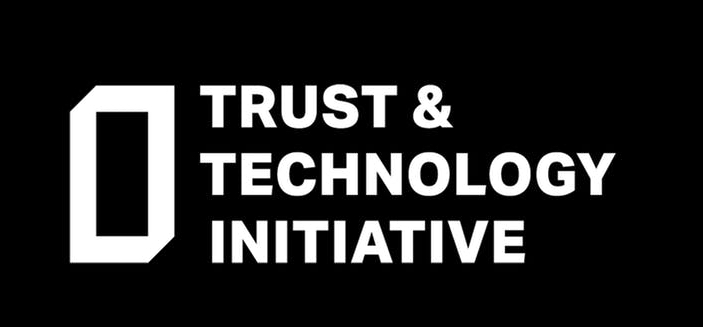What if Uber goes under?
The popular taxi (or, in startup parlance, “ride-sharing”) company Uber has been making headlines recently, having lost $5.24 billion in three months of 2019 alone[1]. For most companies, this would be a grave situation. Uber, however, is not most companies, and it doesn’t seem overly concerned about its balance sheet. That’s because heavy losses are part of its long-term strategy. Bankrolled by tens of billions of dollars in venture capital, it hopes to run at a loss to undercut the competition and drive them out of business[2].
Establishing a monopoly would bring huge financial rewards for Uber (and its investors), but it’s a high-risk strategy. To succeed, Uber must sustain heavy losses for many years while systematically seeking to shape regulatory and financial incentives in its favour. Trying to keep costs as low as possible, it aggressively fights any attempts to recognise its drivers as workers and to extend to them even the most basic of workers’ rights and employment benefits.
Uber’s plan has already paid off in places, devastating the local taxi market in some American cities[3]. And, seduced by the possibility of cheaper (VC-subsidised) transport, some civic governments are even playing along. The Canadian town of Innisfil, for example, has contracted with Uber to provide public transport for its citizens in place of local bus services[4]. As local taxis face extinction and bus services are gradually replaced, those who rely on them – the elderly, those with disabilities, and others – are at risk of being left with little choice but to use Uber.
But what happens if Uber’s monopolisation strategy fails – if its losses pile up and its pockets aren’t as deep as they need to be. What if Uber goes under? In towns like Innisfil or in places where local taxis have been forced out of the market, Uber’s demise would leave a vacuum, with no obvious replacement. Anyone who has come to rely on its services (whether by choice or necessity) would be out of luck.
Uber is just one example of the risks of embracing a new technocapitalist elite motivated by short-term thinking and the desire to dominate markets in pursuit of profit and shareholder value. In Louisville, Kentucky, Google was contracted by the city to provide cheap fibre optic broadband to poorer areas where internet access was limited. It wasn’t long before the cables – buried only two inches below the road surface to save money – became exposed and damaged. When Google decided that repairing the cables (and the roads) would mean that the service wouldn’t be as profitable as they would like, they decided to abandon Louisville altogether, leaving the city to clean up the mess[5].
There are lessons here. We need to think more about the sustainability of tech-driven services, about alternative ways of doing things, about questions of power, profit, and trust – and, yes, about regulating where necessary. And we should be wary of allowing corporations to influence regulatory and policy decisions about the markets they’re trying to ‘disrupt’ in their favour. Tech can offer great benefits, but the current paradigm risks enriching only companies, not empowering people. By considering more carefully our relationship with new and emerging technologies how best to realise their benefits, we as a society can move closer to the point where technology works for everyone.
[1] Rushe, Dominic. 2019. Uber sees biggest-ever quarterly loss: $5bn in three months. The Guardian. Available at https://www.theguardian.com/technology/2019/aug/08/uber-quarterly-earnings-loss-stocks-shares [accessed 13/09/2019].
[2] Horan, Herbert. 2019. Uber's Path of Destruction. American Affairs 3(2). Available at https://americanaffairsjournal.org/2019/05/ubers-path-of-destruction [accessed 13/09/2019].
[3] Goldstein, Michael. 2018. Dislocation and Its Discontents: Ride-Sharing's Impact On The Taxi Industry. Forbes. Available at https://www.forbes.com/sites/michaelgoldstein/2018/06/08/uber-lyft-taxi-drivers/#27acff5259f0 [accessed 13/09/2019].
[4] Cecco, Leyland. 2019. The Innisfil experiment: the town that replaced public transit with Uber. The Guardian. Available at https://www.theguardian.com/cities/2019/jul/16/the-innisfil-experiment-the-town-that-replaced-public-transit-with-uber [accessed 13/09/2019].
[5] Raymond, Adam K. 2019. When Google Fiber abandons Your City as a Failed Experiment. Gizmodo. Available at https://gizmodo.com/when-google-fiber-abandons-your-city-as-a-failed-experi-1833244198 [accessed 13/09/2019].

